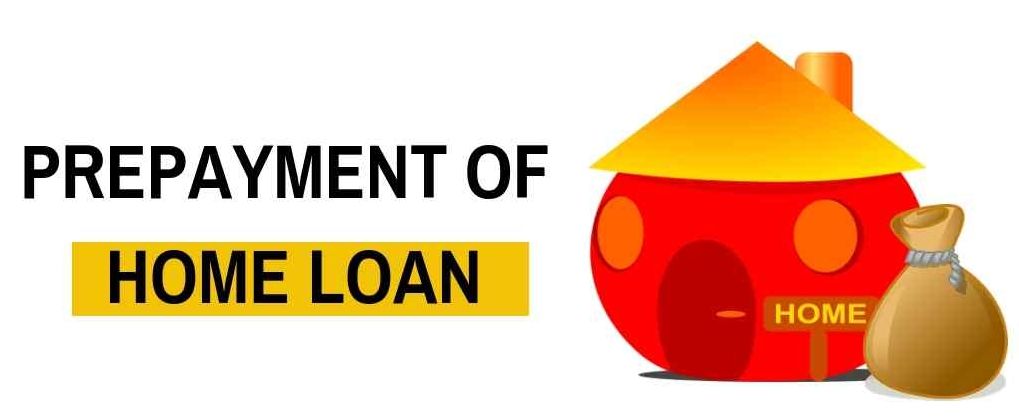Know About Home Loan Prepayement: RBI Rules & Charges
Posted on April 27th, 2020
The repayment tenor of home loans usually continues for a longer period compared to other forms of credits. A long tenor can lower the payalbe EMIs, but it also denotes more payable interest. To negate that, you can opt for a home loan part-prepayment which would substantially reduce your total interest payable.

Prepayment of home loans can be done in two ways, which are –
- Part-prepayment
When borrowers are willing to repay a particular portion of the outstanding loan amount, it is referred to as part-prepayment.
- Loan foreclosure
As a borrower, you can repay the total outstanding amount of your home loan. This method is known as foreclosing a loan.
Since such prepayment options result in a substantial decrease in the total payable interest, financial institutions often charge a penalty fee. This penalty fee varies from lender to lender and usually depends on how early borrowers are willing to prepay their home loans.
Part-prepayment fees – RBI rules and regulations
There are other factors which affect the amount of part-prepayment fees, but most are governed by the following RBI guidelines –
- Floating-rate home loans
Home loans which have a floating rate can change the applicable interest rate as per changes in the financial market. As per the RBI, borrowers who wish to make prepayment of home loans during any part of their loan tenor are not required to pay any part-prepayment fees.
- Fixed-rate home loans
In case of home loans with fixed interest rate borrowers are required to pay a specific prepayment charge. However, if the funds gathered for prepayment are from other sources of income, borrowers do not need to pay any penalty charge as per the rules and regulations of the RBI.
Several borrowers may want to switch from a floating interest rate to a fixed interest rate or vice versa during the loan tenor. As per the RBI guidelines, once the housing credit is converted into a fixed-rate loan, borrowers need to pay a certain penalty fee on prepayment of home finance.